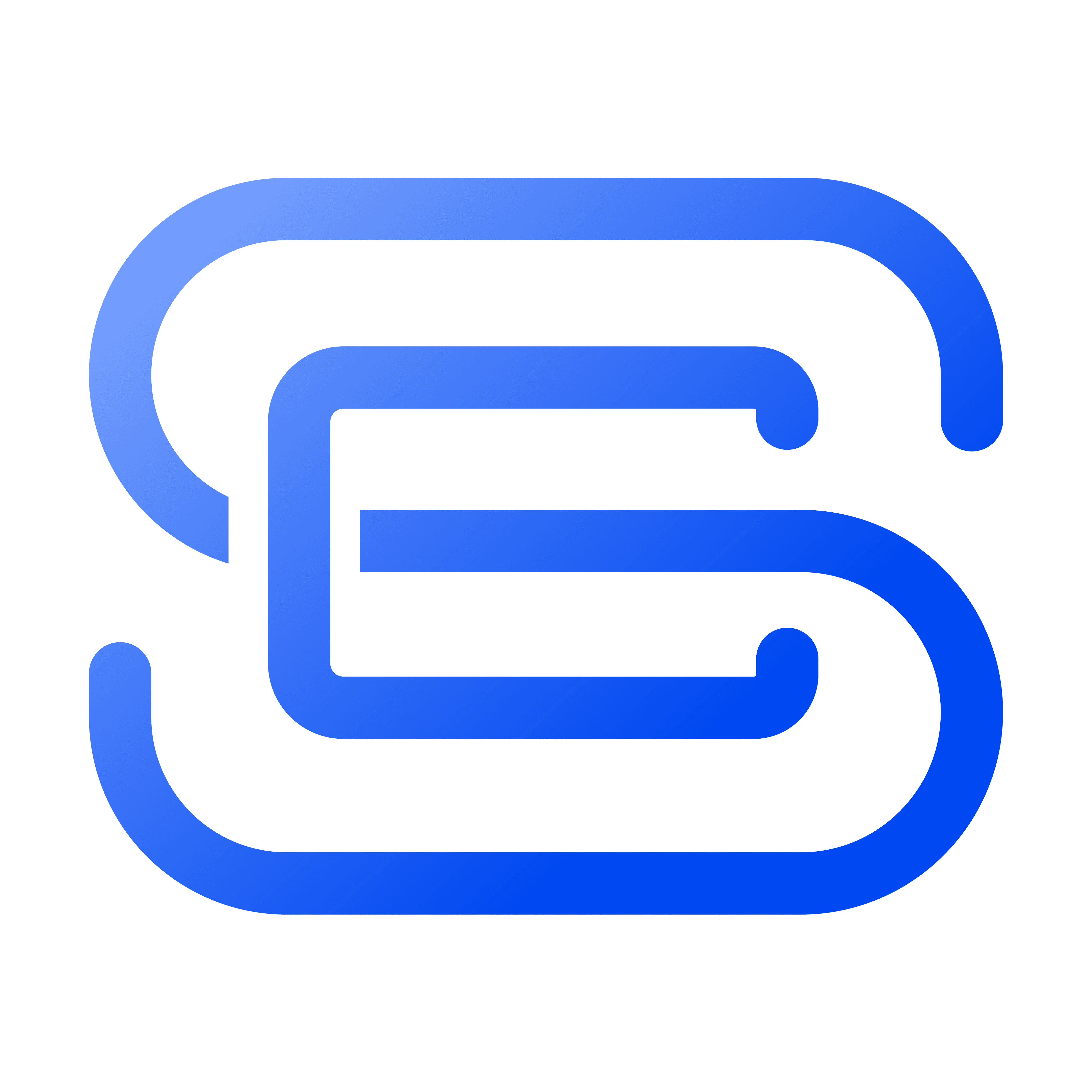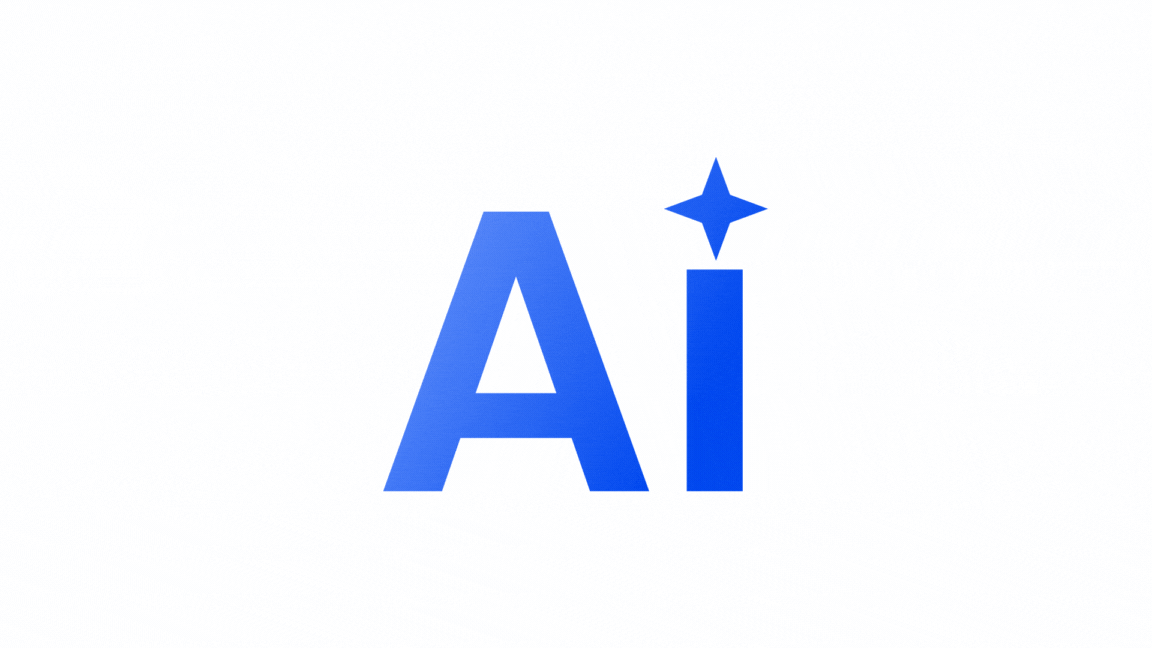United by the Power of Search
Picking Up Where We Left Off
Initially, I designed a UI to quickly integrate new Global Search functionality. While functional, it lacked the quality I envisioned. In Global Search 2.0, we prioritized improving the user experience, but user testing revealed further usability challenges to address.
More Insights from Users
During the usability testing at the medical conference, I identified more pain points and workarounds in the current search functionality.
Basic Search Functionality
Doctors struggled to locate specific niche content due to the limitations of the search functionality.
Desire for real-time updates
Doctors highlighted the need for real-time updates on new posts and discussions relevant to their interests.
Slow Search Performance
Doctors were frustrated by slower result loading times, especially on slower internet connections.
Limited Search Filtering Options
Doctors wanted more granular search filters, like specialty, location, and publication date, along with intelligent suggestions based on past queries.
Doctors Expectations Changed Overtime
I was surprised by the issues we uncovered, initially seen as minor inconveniences for a privileged user base but revealed to be significant challenges for a diverse global audience of medical professionals.
This realization drove us to not only implement quick fixes but also rethink search as a holistic experience.
Re-capture the experience in 3 months
Our goal was to transform the search experience, boosting engagement and streamlining information flow. More than simplicity, we aimed to build a robust foundation that could adapt to a growing business and diverse user needs.
High level Goals
Working Backwards
Before I could jump into designing, it was important to define success and understand the health of the Click-Through Rate.
Understanding the health of the Click-Through Rate was the first step toward identifying opportunities for improvement in user engagement.
Before the redesign, it was important to measure the percentage of doctors who clicked on the content compared to those who just saw it. This was the only proxy we had to evaluate CTR quality.
I partnered with our data analyst to investigate CTR health around the world. These insights laid the groundwork for modeling the perfect search dimensions of time, space, and irritation.
Lack of content categorization caused drop in search retention
Direct user feedback revealed frustration with broad search results due to the lack of categorization. This emerged as a recurring issue, highlighting the urgent need for improvement to meet user expectations and maximize the investment in the feature.
What follows is an unfiltered conversation I had with the product team and leadership to address the problem.
Balancing Priorities: A Long-Term Aproach to Search
To move forward, we had to balance user needs with technical constraints and business priorities. This timeline captures the discussions, challenges, and eventual alignment that led us to a testable first step.
Translating Conversation into Design
With alignment on a lightweight categorization approach, the next step was translating the discussion into a tangible solution. This initial prototype reflects the key takeaways from our conversation—introducing high-level filters to improve discoverability while keeping performance impact minimal. The goal is to test how these refinements affect user engagement before committing to a larger-scale implementation.
Bridging Ideas with Real-World Feedback
Through live user testing sessions, we gathered firsthand insights on how the new search categorization prototype performed in real-world scenarios. These interactions not only validated key design decisions but also revealed areas for refinement, ensuring that our solution aligns with actual user workflows and expectations.
Skills Applied & IxDF Certifications in Action 🎓
By applying these skills, I transformed raw user frustrations into a data-driven, user-centered search improvement. The case study reflects my ability to advocate for UX, balance business goals, and design scalable solutions.
Used AI-driven tools to refine content structure, synthesize user insights, and streamline case study presentation.
Applied AI-assisted research methods to analyze search behavior, uncovering patterns in user frustrations and engagement trends.
Integrated AI-generated recommendations to improve search discoverability, efficiency, and personalization.
Created a structured case study narrative efficiently, ensuring clear storytelling.
Used AI to organize and synthesize qualitative user feedback, making insights actionable.
________________________________________
Advocated for search categorization improvements while balancing engineering feasibility and business priorities.
Designed a filtering system that simplifies navigation and supports better information architecture.
Applied data-driven decision-making, ensuring that insights (e.g., 20% drop-off due to mismatched results) led to measurable UX improvements.
Facilitated cross-functional discussions, ensuring alignment between UX, product, and engineering.
Created a scalable search experience, improving usability without compromising performance.
________________________________________
Conducted real-world usability testing at the MedNexus conference, gathering direct feedback from healthcare professionals.
Observed how users interacted with search, uncovering insights such as 15% increased engagement with pre-search recommendations.
Identified critical UX gaps, including user struggles with filters and inconsistent search result expectations.










































